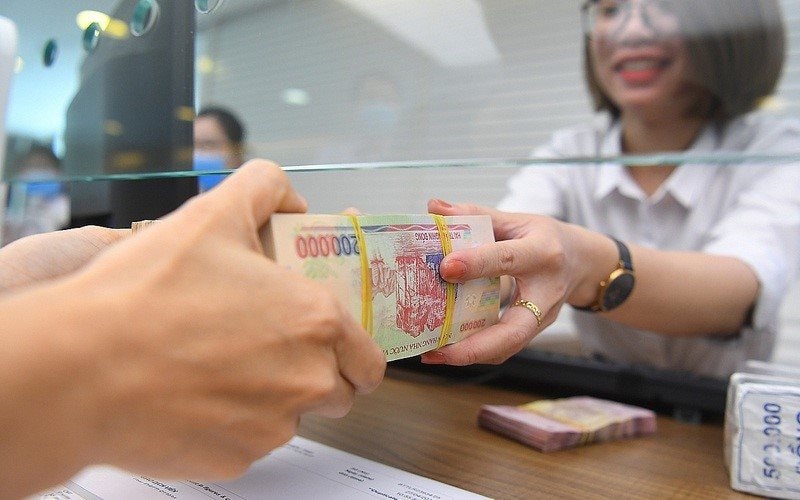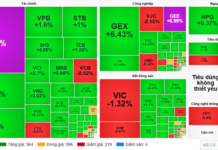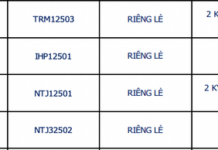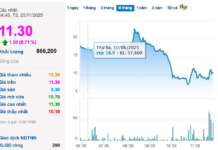Stable macroeconomic conditions, controlled inflation, and high capital mobilization have enabled credit institutions (CIs) to reduce costs and maintain lending interest rates. This supports and promotes growth in production, business, trade, and services, especially towards the year-end.
From a market perspective, the relationship between supply and demand for capital is crucial. As credit demand rises, so does the need for capital mobilization, directly impacting interest rates and how commercial banks (CBs) manage and utilize funds. However, with the 2025 monetary policy aimed at supporting economic growth, and given the continued growth in capital mobilization by CIs, interest rates are expected to remain stable. This stability is vital for business, trade, and services development, particularly during the year-end and Lunar New Year period.

Illustrative image
Maintaining stable interest rates is supported by three key factors:
First, macroeconomic stability and controlled inflation (CPI up 3.27% in the first 10 months; core inflation up 3.2%) ensure exchange rates and interest rates align with central bank policies. This fosters a favorable business environment, supporting enterprises and economic growth.
Second, improved capital mobilization and payment services enable CIs to reduce costs and stabilize both deposit and lending rates. In Ho Chi Minh City and Dong Nai Province, demand deposits rose over 9% in the first 10 months, outpacing overall capital mobilization growth. This reflects the expansion of non-cash payments, enhancing CBs’ capital utilization efficiency and helping CIs maintain stable lending rates by controlling deposit interest costs.
Third, stable and growing banking activities ensure sufficient capital for businesses and the economy. In Ho Chi Minh City and Dong Nai, total capital mobilization by CIs reached VND 5,485.3 trillion by October 2025, up 8.9% year-on-year. This growth (0.76% in August, 1.4% in September, and 0.26% in October) meets year-end business expansion needs.
High-quality banking services and effective capital management attract deposits from organizations and individuals at optimal costs, stabilizing interest rates. Capital absorption, economic growth, and business efficiency remain crucial for enhancing capital utilization and credit growth. This strengthens the central bank’s monetary policy, ensuring macroeconomic stability and economic growth.
Unlocking Strategic Investment: Elevating Resolution 98 for a Competitive Business Landscape
Amidst the dynamic shifts in the global and regional economy, upgrading Resolution 98 to further empower Ho Chi Minh City in attracting strategic investors emerges as a groundbreaking and imperative move.
Chinese Tycoons Seek Investment Opportunities in Vietnam’s Top-Growth Province, Targeting Multi-Billion-Dollar Sectors
The province is committed to providing the most favorable conditions for investors, ensuring a seamless and supportive environment for business growth and success.
High-Speed North-South Railway Project: Direct Investment Emerges as the Sole Viable Model
Renowned economist Vu Dinh Anh asserts that the optimal financing model for the North-South high-speed rail project is direct private investment, wherein the state provides 80% of the capital through loans, and private investors contribute the remaining 20%. This approach surpasses both traditional public investment and public-private partnerships (PPPs) in terms of efficiency and feasibility.










































